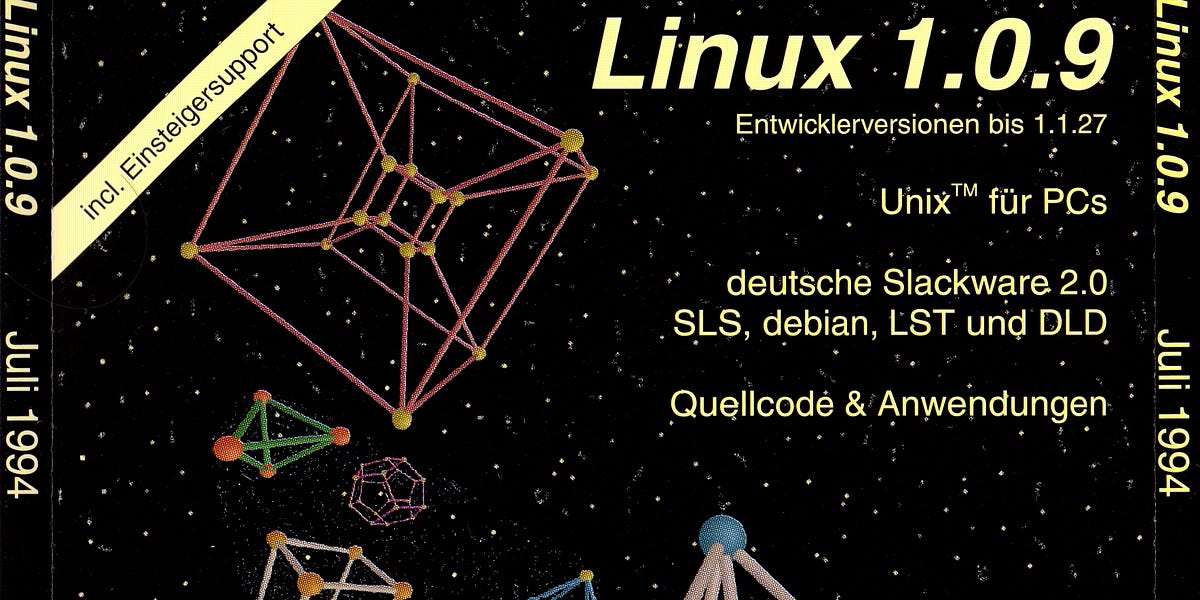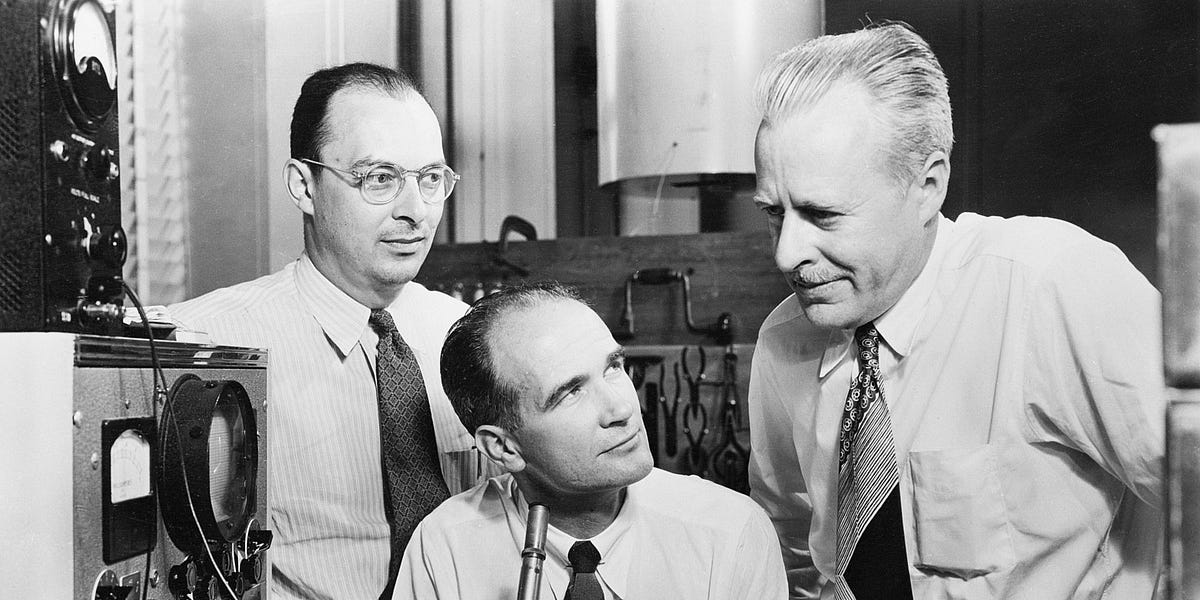Intel Pentium: The FDIV Bug and the Rise of the Pentium Pro

By 1994, Intel's Pentium processor, based on the x86 architecture, dominated the PC market with a 75% share. However, a significant flaw, the FDIV bug, surfaced, causing inaccurate results in certain floating-point calculations. This led to a costly recall and replacement program. Despite this setback, the Pentium's success fueled Intel's growth. In 1995, Intel launched the groundbreaking Pentium Pro, featuring the innovative P6 architecture. Outperforming competitors, the Pentium Pro successfully penetrated the workstation and server markets, laying the foundation for Intel's future dominance.
Read more







